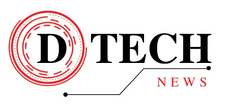Essential Cybersecurity Highlights: Top Threats, Tools, and Practices (Oct 28 – Nov 03)
In our increasingly digital world, the importance of strong cybersecurity measures cannot be overstated. As technology progresses at a breakneck pace, so too do the threats posed by cybercriminals, necessitating constant vigilance and adaptation. From October 28th to November 3rd, the cybersecurity community faced several pressing issues that highlight the need for advanced security solutions and practices. This article will explore the most significant threats, innovative tools, and best practices shaping the cybersecurity landscape today.
What’s New in the Cyber Threat Landscape? ⚠️
The ever-evolving nature of cyber threats requires organizations to stay informed and agile. Here are some of the week’s top threats that demand immediate attention:
Zero-day Vulnerabilities
Zero-day vulnerabilities continue to be a major concern, presenting unique challenges due to their unpredictable nature. Attackers exploit these unknown vulnerabilities before developers can issue patches, making them particularly dangerous. Organizations must prioritize vigilance and remain informed about these critical security issues to prevent devastating breaches.
Phishing Schemes
Phishing schemes are an enduring threat, evolving in sophistication and effectiveness. Cybercriminals craft emails that closely resemble legitimate communications from trusted sources, tricking users into divulging confidential information. Addressing this threat requires comprehensive employee training and heightened awareness, equipping staff to recognize and thwart phishing attempts.
Must-Have Cybersecurity Tools 🛡️
Protecting invaluable digital assets necessitates a robust toolkit. The past week highlighted several cutting-edge cybersecurity tools essential for defending against the latest threats.
AI-Powered Intrusion Detection Systems
The deployment of AI-powered intrusion detection systems represents a significant advancement in cybersecurity technology. These systems leverage machine learning to identify patterns and anomalies, flagging potential threats with remarkable speed and accuracy. Real-time threat mitigation ensures threats are neutralized before they escalate into serious breaches.
Multi-Factor Authentication (MFA)
Multi-factor authentication (MFA) remains a critical component in safeguarding digital identities. By requiring additional verification steps beyond the traditional password, MFA significantly reduces the risk of unauthorized access. Implementing MFA across all systems and devices strengthens defenses, protecting sensitive data from compromised credentials.
Best Practices for Enhanced Cybersecurity 📋
In combatting cyber threats, technology is only part of the solution. Adopting best practices is equally crucial to fortifying cybersecurity defenses. Here’s what has been emphasized over the past week:
Regular Updates and Patching
Ensuring all systems and software are up-to-date is a foundational element of cybersecurity. Regular updates and patching address vulnerabilities and prevent exploitation by malicious actors. Organizations must incorporate patch management into their cybersecurity strategies, safeguarding against both known and emerging threats.
Staff Training and Awareness
Human error is a leading cause of security breaches, underscoring the need for consistent, comprehensive staff training and awareness programs. Regular training sessions should inform employees about current threats and protective measures, empowering them to act as the first line of defense against cyberattacks.
Data Backup and Recovery
Preparing for potential cyber incidents involves robust data backup and recovery protocols. Maintaining regular backups ensures that crucial information can be restored quickly, minimizing downtime and data loss in the event of an attack. A strong recovery plan is integral to any comprehensive cybersecurity strategy.
Conclusion: Stay Vigilant and Proactive 🔍
The dynamic nature of the cyber threat landscape demands a proactive approach to cybersecurity. By staying informed about the latest threats, investing in advanced security tools, and implementing best practices, individuals and organizations can effectively bolster their defenses.
As technological advancements give rise to new threats, cybersecurity must evolve in tandem. Remaining vigilant and proactive in security efforts is essential to safeguarding digital environments against an ever-changing array of challenges. Stay safe, stay secure! 🛡️
Through this weekly update, we continue to shed light on the ongoing battle between cyber professionals and cybercriminals. Awareness, combined with strategic implementation of cutting-edge tools and practices, will significantly enhance cybersecurity defenses and ensure the protection of your digital assets, both now and in the future.




















































